With life-altering sums on the line, underinsurance is a legitimate epidemic that can – and does – devastate lives and businesses. So, why are 76% of UK policyholders underinsured[1] – and why isn’t this figure showing any sign of slowing? Chris Brady, National Corporate Director at Everywhen, explains.
For over three decades, Everywhen’s Chris Brady has seen underinsurance wreak untold damage on people and businesses. “Underinsurance has been a problem from day one of my career,” Chris says, “but it’s become more of a problem in the last five years.”
For those not in the know, underinsurance is simply when the policyholder doesn’t have adequate cover. If the underinsured product is something with modest value, like a phone, it might not be so noteworthy. The real issue arises when it concerns high-value items – like properties.
A troubling case study on property underinsurance
- The average property is insured for only 63% of its actual value.[2] That means that the average policyholder would only receive 63% of their property’s actual value in the event of a total loss, e.g. a fire.
- Let’s say that the actual value of the property was £700,000. The policyholder would only receive £441,000, a far cry from the original figure.
- Or, let’s say that the fire caused damage, but not total loss, at £50,000. In this case, the policyholder would only receive £31,500.
Underinsurance hurts brokers, too
“The crux of the underinsurance issue is this,” says Chris. “If your property or building is underinsured, you’re probably not going to know about it until you need to make a claim. And that’s a huge problem.” The result? Most individuals and businesses won’t know that they’re underinsured until it’s too late.
Commercial buildings are significantly more underinsured than household buildings, says Chris, at 79% compared to 70%[3]. But both figures, of course, far exceed what insurers would like to see. “The financial impact of underinsurance for both businesses and individuals can be devastating,” says Chris. “For homeowners, underinsurance may force them to downsize or take on significant debt. For businesses, it could threaten their balance sheet or mean operational downtime they can’t afford. But it could also mean a catastrophic loss of assets.”
But the repercussions are more than just financial. “Policyholders shouldn’t discount the emotional cost of discovering their property is underinsured: the claims disputes and the stress over how the business will recover or even survive.”
It isn’t just clients that are impacted, either. Brokers, too, risk loss – financial and otherwise – from customers who are impacted by underinsurance. “It’s important not to forget that claim disputes arising from underinsurance don’t just happen in a vacuum,” Chris says. “Sometimes, underinsurance forces businesses to close, and people lose their jobs. That could cause a lot of negative publicity for the broker, losing them the trust of their customers and the public – and potentially even invite regulatory scrutiny.”
What’s to blame?
With so much at stake for people and businesses, why is underinsurance so prevalent?
In line with Chris’s observation that underinsurance has gotten worse over the years, a key culprit is inflation, which has also worsened in recent years.
Inflation ups the cost of building materials, which in turn increases the value of properties. But, unlike the cost of your groceries, the fluctuating price of which you can see on a receipt, many policyholders will have almost no contact with their property’s actual value compared to its insured reinstatement value until they need to file a claim – at which points it’s generally too late.
Chris acknowledges that inflation has started to rise again in 2025[4], increasing the gap between actual property values and insured reinstatement values even further. “As a result, policyholders may face substantial out-of-pocket expenses if rebuild costs exceed their coverage,” he shares. “This issue is made worse by a lack of regular valuation updates, especially among SMEs and homeowners.”
Inflation isn’t the only reason property underinsurance is such a prolific issue – the climate plays a role, too. “Extreme weather events like floods and storms have become more frequent and severe,” Chris says. “Buildings insurance policies often don’t accurately reflect the increased costs of rebuilding in areas affected by severe weather. That leads to severe underinsurance, or, in some cases, cover not even being available.”
Impacted industries
So, which industries are impacted the most by underinsurance?
“Obviously, the construction sector is particularly affected because of the inflation of construction materials,” says Chris. “Even minor underinsurance can lead to significant shortfalls in rebuilding that leaves property owners exposed.” For similar reasons, the manufacturing industry is also vulnerable.
Another problem industry is the social care sector. “Care homes, hospices and childcare facilities are all within the top ten most underinsured buildings in the UK,” Chris says. “Sports facilities, public houses and hotels are also in the top ten.”
That said, while there are industries that are particularly affected by underinsurance, it’s important to understand that this is a broad issue that impacts SMEs across sectors. “The truth is that all industries are at risk,” says Chris. “SMEs in particular have limited resources [compared to corporations] which affects their ability to get regular insurance reviews which would highlight any underinsurance. High-street retailers in particular face the dual challenge of increasing customer footfall and dealing with events that impact their supply chain, e.g. inflation and the war in Ukraine.”
The 2025 forecast
As mentioned above, the fact that inflation has increased this year[5] will only exacerbate the known underinsurance problem.
Chris explains, “Construction costs will continue to rise, which means that businesses may choose not to update their cover as a way of saving money. It’s a similar story with homeowners: they too may opt for cheaper policies that leave them significantly underinsured.”
So, what needs to change? According to Chris, insurers need to take a more proactive role in policyholder renewals: “Insurers or brokers should really be offering policy reviews and updates which clearly show the customer the inflation-adjusted valuations.”
But education also plays a crucial role. “Many homeowners and businesses simply aren’t aware of the consequences of being underinsured, of the full extent of rebuild costs. If they did, there’s no doubt they would act today. That’s why it’s so important to spread awareness – I want as many underinsured people and businesses as possible to realise the situation they’re in while they can still do something about it.”
Over three-quarters of UK properties are underinsured[6], which is undoubtedly too high. But what should normal rates of underinsurance look like? “That’s the wrong question,” Chris says. “Look at it this way. Every company and individual who’s underinsured is effectively sitting on a landmine, completely unnecessarily and avoidably. You don’t minimise landmines to an acceptable degree – you eliminate them completely. That’s our job as brokers.”
Sources
[1] Is the Tide Turning on Buildings Underinsurance? Insights & Trends 2024
[2] Is the Tide Turning on Buildings Underinsurance? Insights & Trends 2024
[3] RCA 2024 Infographic (A4 Portrait) (21 × 40cm) (21 × 80cm)
[4] Why has inflation jumped higher and what does it mean for households? | The Independent
[5] Why has inflation jumped higher and what does it mean for households? | The Independent
[6] Is the Tide Turning on Buildings Underinsurance? Insights & Trends 2024


